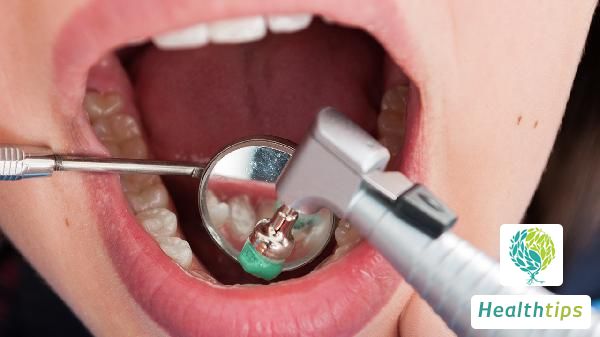What Are the Potential Hazards of Excessive Intravenous Drips?
Intravenous drip is a common treatment method. Generally speaking, intravenous drip refers to intravenous infusion. In China, there are a large number of people who often receive intravenous infusion. However, excessive intravenous infusion can cause great harm to the body, so it is generally not recommended to frequently receive intravenous infusion unless the condition is severe. If intravenous infusion is given frequently, it may not only produce antibodies but also easily cause capillary blockage, which has significant toxic and side effects. Let's take a look at the harm caused by excessive intravenous infusion.

1. Production of Antibodies: Frequent intravenous infusion can cause the body to produce antibodies against the medication. Therefore, in order to treat the disease, the amount of infusion required for each treatment may increase, making it difficult to cure the disease without further infusions.
2. Capillary Blockage: Intravenous infusion directly delivers medication into the bloodstream. If there are particles in the medication, they may accumulate in the blood vessels over time, leading to capillary blockage. Frequent intravenous infusion can lead to microvascular thrombosis and other diseases, so it is advisable to minimize the use of intravenous infusion.
3. Toxicity and Side Effects: The medication bottle contains a mixture of multiple drugs, resulting in numerous toxicities and side effects. Improper mixing of drugs can lead to their accumulation in the bloodstream and cause harm to the body.
4. Death: If the air inside the intravenous tubing is not properly expelled, it can enter the body, causing discomfort in the lungs and even leading to respiratory distress, which can easily result in death.
1. The doctor should carefully prepare the medication, checking for any damage to the medication bottle and ensuring that there are no flocculent substances, precipitates, or turbidity in the medication.
2. Air should be expelled from the tubing by pressing on the tube with a finger, removing the protective cap from the needle, loosening the regulator, and allowing the medication to flow.
3. Intravenous injection should be selected, and once the needle is inserted into the patient's vein, the speed of the infusion should be adjusted to neither too fast nor too slow.



















